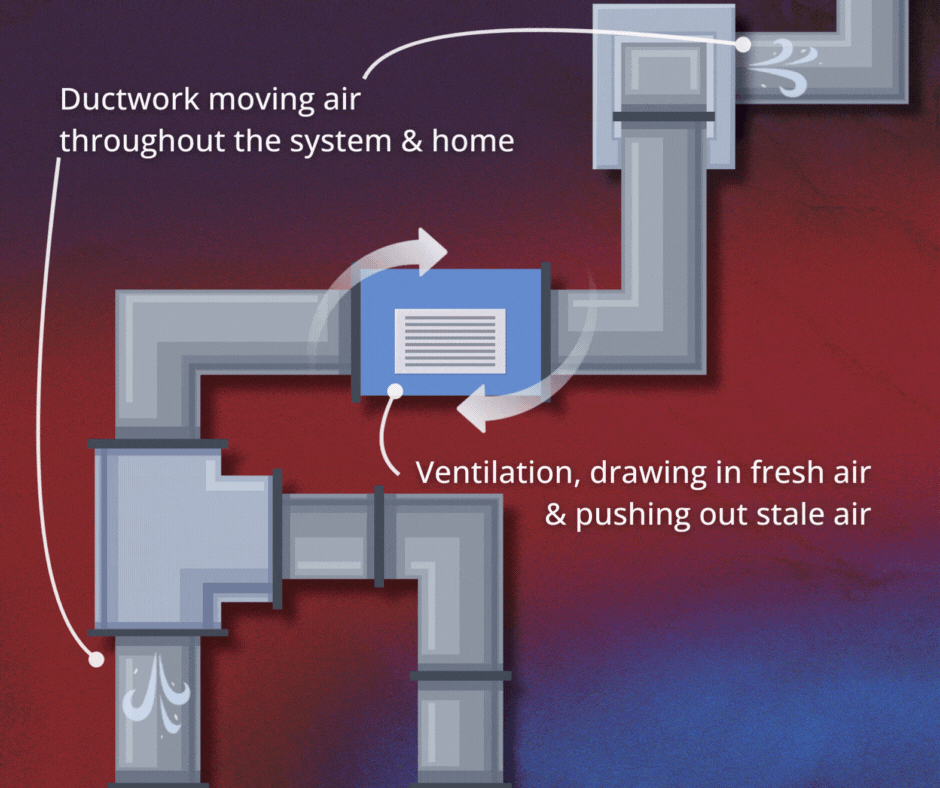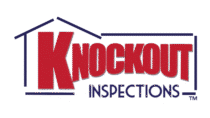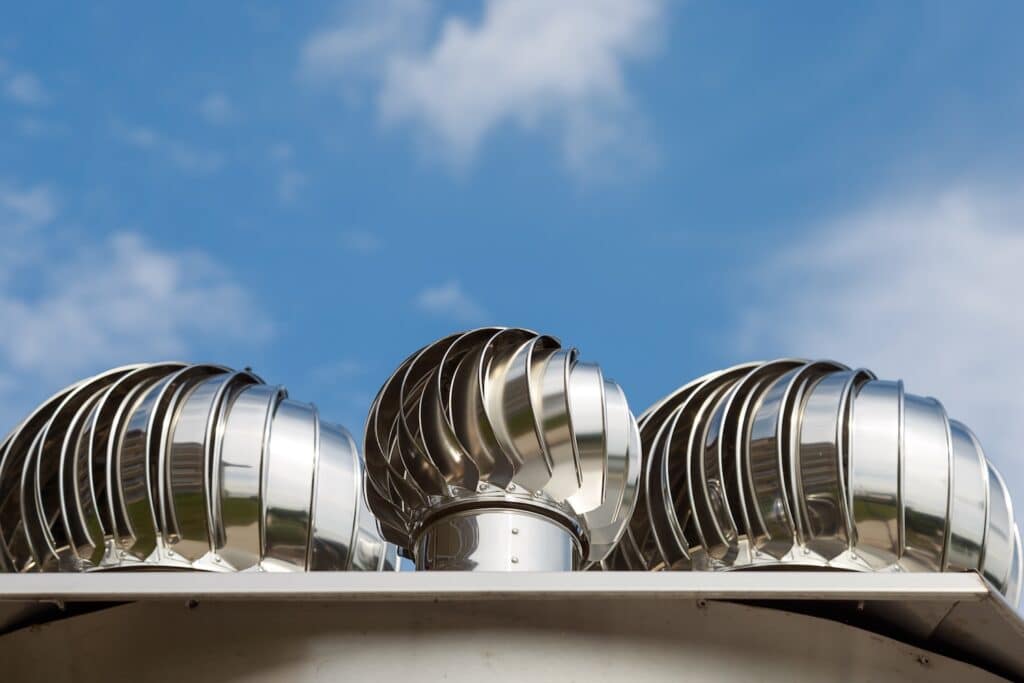When most people think about heating or cooling their home, they picture the HVAC unit. Maybe it’s the furnace in the basement or the air conditioner outside. But here’s the thing: your HVAC system is only as good as the ducting and ventilation that make it up.
If your ducts are leaking or your ventilation isn’t balanced, your HVAC equipment has to work harder just to keep your home comfortable. In this guide, we’ll walk through how ducting and ventilation affect your HVAC system’s performance and what you can do to keep everything running smoothly.
What Each Component Actually Does
Let’s start with the basics. Ducting is the network of tubes that moves heated or cooled air from your HVAC system to different parts of your home.
Ventilation is the system that allows fresh air to enter your home while pushing stale air out.
Together, they help keep your indoor air clean, comfortable, and safe. When these systems are working well, they regulate temperature, control humidity, and maintain healthy airflow. But when something goes wrong, even the best HVAC unit can’t compensate.
According to the EPA, sealing and insulating ducts properly can improve HVAC efficiency by up to 20%. That’s money back in your pocket and less strain on your equipment.

Why Ducting & Ventilation Matter for HVAC Performance
Think of ducting and ventilation as the lungs of your home. If the ducts are too small, too big, or full of leaks, air can’t move properly. That makes your HVAC system work harder than it should.
Here’s what happens when ducting or ventilation isn’t right:
- Airflow becomes unbalanced. Some rooms might feel stuffy while others are drafty.
- The HVAC system runs longer. It has to work overtime to make up for air that never reaches certain spaces.
- Indoor air quality suffers. Without good ventilation, pollutants and moisture can build up indoors.
Good ducting and ventilation design helps your HVAC system work efficiently and keeps your home comfortable year-round.
Common Ducting Problems
Leaks in ductwork can waste up to 30% of the air your HVAC system produces. That’s a lot of lost air (and lost money).
Leaks force your system to run longer to meet your thermostat’s settings, which means higher energy bills and unnecessary wear on your equipment.
Blower door and duct testing can pinpoint these leaks, allowing professionals to seal them and restore proper airflow.
If ducts aren’t sized or assembled properly, airflow can suffer. Undersized ducts restrict air, while oversized ducts may cause the system to cycle on and off too frequently. Both situations waste energy and make your home uncomfortable.
Using Manual D duct design ensures that ductwork is properly sized for your home’s specific layout and HVAC system. It’s like tailoring a suit. The better the fit, the better it performs.
Ventilation Issues
When vents get clogged with dust or debris, airflow is restricted. This can cause uneven heating or cooling, as well as increased allergens circulating in the air.
A poor exchange rate can lead to mold growth, musty odors, and respiratory problems. Without enough fresh air coming in and stale air going out, moisture and pollutants can build up inside.
Proper ventilation also plays a key role in REScheck compliance, which verifies that homes meet energy codes related to air sealing and ventilation.
How to Spot Ducting & Ventilation Issues
You don’t have to be an expert to notice when something’s off. Here are a few signs that your ducting and ventilation might need attention:
- Your energy bills keep rising, even though your HVAC system is working as usual.
- Certain rooms feel too hot or too cold, no matter the season.
- Dust collects quickly around vents and registers.
- The HVAC system runs longer than it used to or struggles to maintain the right temperature.
If any of these sound familiar, it’s worth taking a closer look.

The True Cost of Ignoring Problems
Ignoring ducting and ventilation issues can be costly. Here’s how it adds up:
- Energy waste: Leaks and poor airflow can increase energy bills by 20 to 30%.
- HVAC lifespan: Overworked systems wear out faster. A new HVAC system can cost anywhere from $5,000 to $10,000 or more.
- Health concerns: Poor ventilation traps allergens, moisture, and pollutants indoors.
At Knockout Inspections, we offer services that ensure your ducting and ventilation are working at their best:
- Blower door and duct testing to find hidden leaks and inefficiencies.
- Manual D, J, and S calculations to size ducts properly and match HVAC equipment to your home’s needs.
- REScheck evaluations to help you meet energy code requirements.
Other Maintenance for a Healthy HVAC System
Keeping your HVAC system in good shape goes beyond ducts and vents. Here are a few simple steps you can take:
- Change air filters every 1 to 3 months.
- Schedule annual HVAC inspections to catch issues early.
- Clean your vents and registers to keep airflow strong.
- Consider air sealing other parts of your home, like windows and doors, to boost overall efficiency.
When to Call for Ducting and Ventilation Help
Call in the pros if you notice:
- Inconsistent temperatures throughout your home.
- Rising energy bills without a clear reason.
- Poor air quality or lingering odors.
- If you’re planning to upgrade or replace your HVAC system.
Professionals can test your system, identify issues, and recommend the right solutions; whether that’s sealing ducts, improving ventilation, or redesigning your ductwork.
Conclusion
Your HVAC system does a lot of work to keep your home comfortable, but it needs the right ducting and ventilation to do its job well.
Knockout Inspections offers blower door testing, duct design services, and ventilation evaluations to help your HVAC system perform its best. Reach out today to schedule an inspection and take the first step toward a more efficient, comfortable home.

